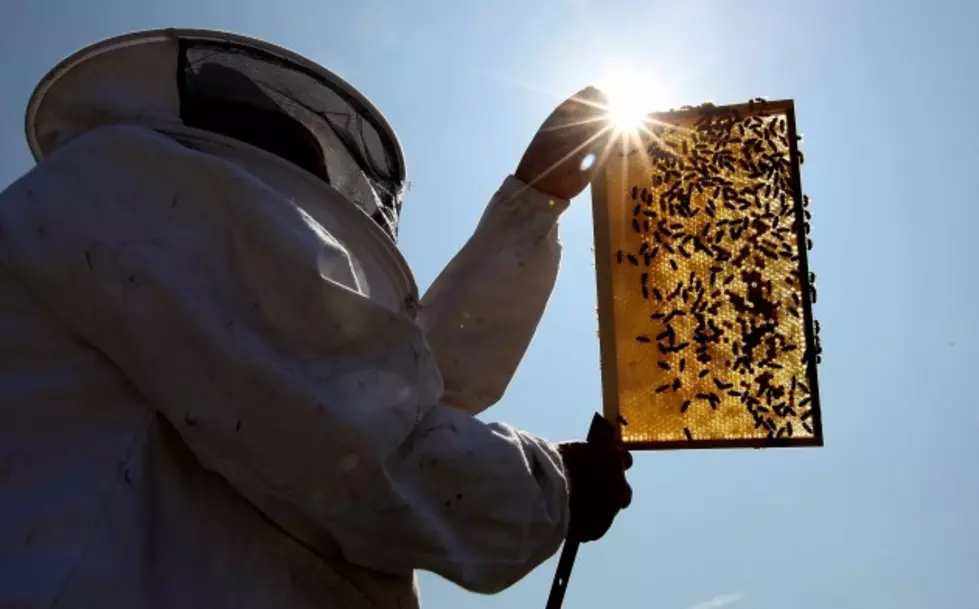
Why Are The Bees Dying?
There seems to be a malady in South Dakota lately. The honeybees are dying. They've been dying for years and nobody seems to know why.
It's not just South Dakota. This seems to be a nationwide problem. So what's causing it? Nobody really seems to know. One explanation could be the phenomenon of colony collapse disorder. Honey bees leave the colonies and never return. Some blame the drought. Others blame bee mites which have become resilient to pesticides. Others blame viruses.
Beekeepers have lost 40 to 50% of the bees necessary to pollinate. This loss is unprecedented and its time to be concerned. The U.S. Department of Agriculture says a quarter of the American diet, from apples to cherries to watermelons to onions, depends on pollination by honeybees. Fewer bees means smaller harvests and higher food prices.
Bret Adee, who is an owner, with his father and brother, of Adee Honey Farms of South Dakota, the nation’s largest beekeeper, said in a recent interview with the New York Times, “We lost 42 percent over the winter. But by the time we came around to pollinate almonds, it was a 55 percent loss. They looked beautiful in October, and in December, they started falling apart, when it got cold.”
Other beekeepers suggest that pesticides, herbicides and fungicides could be to blame. While each one has been studied, there has been less studies done on their combined effects. Some critics say there have been no studies done on the effect of neonicotinoids, the nicotine-derived pesticide that many implicate in the bee deaths.
Neonics, as farmers call them, are applied in smaller doses than older pesticides. They are systemic pesticides, often embedded in seeds so that the plant itself carries the chemical that kills insects that feed on it. Older pesticides could kill bees and other beneficial insects. But while they quickly degraded in a matter of days, neonicotinoids last for weeks and even months. Beekeepers worry that bees carry a summer’s worth of contaminated pollen to hives, where ensuing generations dine on a steady dose of pesticide that, eaten once or twice, might not be dangerous.
“Soybean fields or canola fields or sunflower fields, they all have this systemic insecticide,” Adee said. “If you have one shot of whiskey on Thanksgiving and one on the Fourth of July, it’s not going to make any difference. But if you have whiskey every night, 365 days a year, your liver’s gone. It’s the same thing.”
Research to date on neonicotinoids “supports the notion that the products are safe and are not contributing in any measurable way to pollinator health concerns,” the president of CropLife America, Jay Vroom, said. The group represents more than 90 pesticide producers. He said the group nevertheless supported further research. “We stand with science and will let science take the regulation of our products in whatever direction science will guide it.”
At any rate, some things need to be figured out quickly as to why the decline in the honeybee population has been so dramatic. Honeybees pollinate a third of all of the crops in the U.S. If an explanation and a solution isn't found, we may all soon have some very limited diets.
This would seem to be an emergency. I hope and pray a remedy is found very soon.
More From KIKN-FM / Kickin' Country 99.1/100.5









